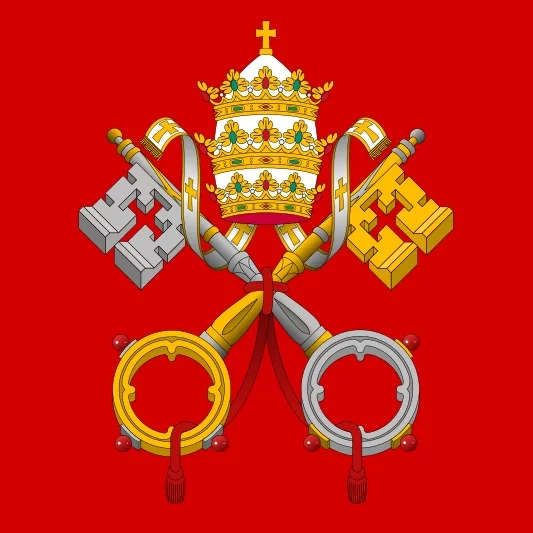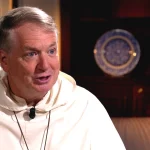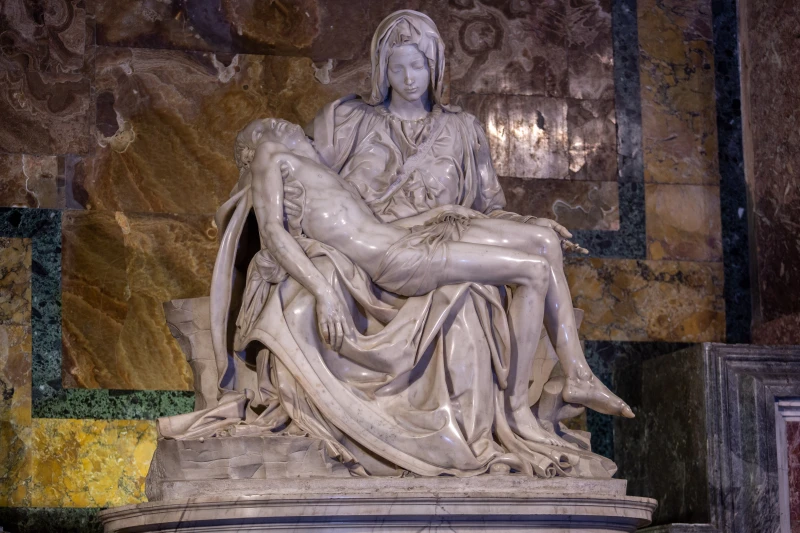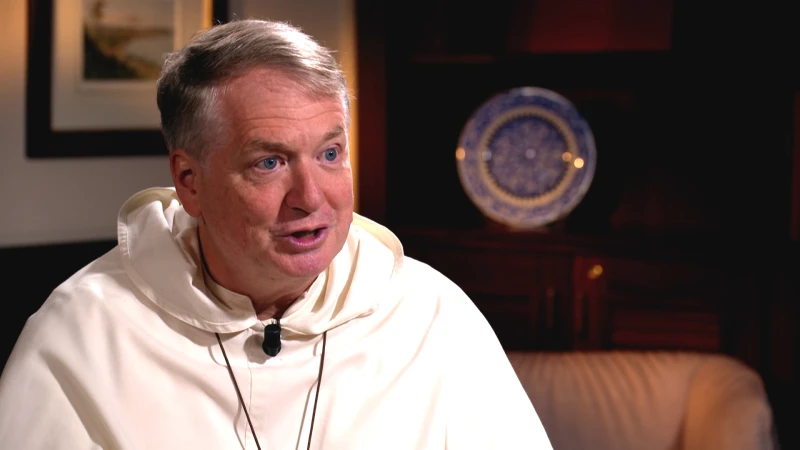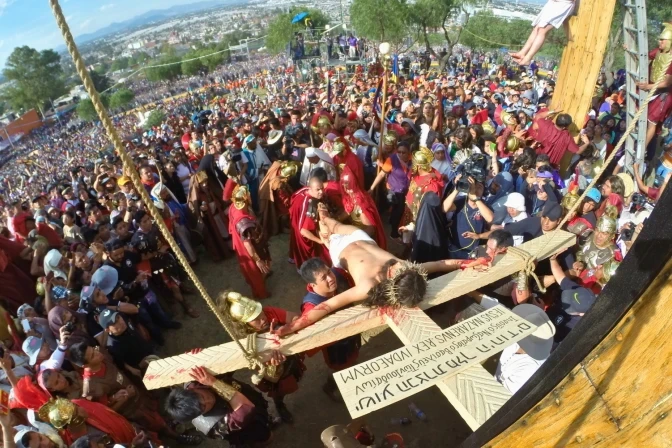
Michelangelo’s Pietà in St. Peter’s Basilica. / Credit: Daniel Ibañez/CNA
Vatican City, Nov 19, 2025 / 11:15 am (CNA).
Following the reaction to the new Vatican document Mater Populi Fidelis (“Mother of the Faithful People”), Father Maurizio Gronchi, a Christology expert and consultant to the Vatican Dicastery for the Doctrine of the Faith, warned that considering the Virgin Mary as “Co-Redemptrix” or “Mediatrix” distorts the Christian faith and leads to a superstitious view.
“It is superstition to think that the Virgin Mary has the role of holding back God’s wrath. Whoever thinks this way is not in accordance with the Gospel,” Gronchi told ACI Prensa, CNA’s Spanish-language news partner.
The expert spoke about the new document this week alongside Cardinal Víctor Manuel Fernández, prefect of the Dicastery for the Doctrine of the Faith.
In the text, the Vatican urges the faithful against using the titles “Co-Redemptrix” and “Mediatrix” to refer to the Virgin Mary.
“To think that Mary has to mediate and convince God to be merciful undermines the Trinity: the Father, the Son, and the Holy Spirit,” he explained.
The document has raised questions in some sectors of the Church, although it is not the first time the Dicastery for the Doctrine of the Faith has ruled out proclaiming this as dogma.
According to the Vatican doctrinal note also signed by Pope Leo XIV, St. John Paul II asked the then-prefect of the Congregation for the Doctrine of the Faith, Cardinal Joseph Ratzinger, in 1996 to study whether it could be considered a truth of faith that the Virgin Mary is “co-redemptrix” and “mediatrix.”
“He asked Ratzinger for clarification on the matter. He had used this term from a spiritual and devotional perspective,” Gronchi explained.
But as soon as “Ratzinger said it was inappropriate, John Paul II never used it again,” Gronchi added. John Paul II did not use it in his 1987 encyclical Redemptoris Mater (“Mother of the Redeemer”), which deals precisely with the Virgin Mary and her role in the life of the Church and in the history of salvation.
Neither Pius XII, St. John XXIII, nor St. Paul VI ever used that expression, nor did the Second Vatican Council, said Gronchi, who noted that currently “it does not seem that new truths [about Mary] ought to be affirmed.”
According to the priest and academic, the Catholic Church has already dedicated all possible attention to the figure of the Virgin and the latest proclaimed dogmas are about her: the dogma of the Divine Motherhood, which affirms that Mary is the Mother of God (Theotokos) in 431; the dogma of the Perpetual Virginity in 649; the dogma of the Immaculate Conception in 1854; and the dogma of the Assumption of Mary in 1950.
Lack of support from Mariologists?
The drafting of the new document had a striking feature, according to Gronchi, who explained that the work of the Dicastery for the Doctrine of the Faith has historically been “collegial.” For each topic studied, this Vatican department draws on the input of internal consultants and external experts, among other sources.
However, in the case of this doctrinal note on certain Marian titles, “no collaborating Mariologists could be found,” according to Gronchi.
The priest pointed out that neither those who teach at the Marianum Theological Faculty nor the members of the Pontifical International Marian Academy (PAMI by its Italian acronym) participated in the presentation of the document at the Jesuit Curia (administrative center), which in his opinion can be interpreted as a “silence” that “can be understood as dissent.”
The Christology expert said PAMI has a history of active participation in discussions regarding potential dogmatic definitions. He cited as an example the XII International Mariological Congress in Czestochowa in 1996, which emphasized that it was inappropriate to proceed with defining Mary as “mediatrix,” “co-redemptrix,” or “advocate.”
ACI Prensa reached out to PAMI, but it declined to comment.
This story was first published by ACI Prensa, CNA’s Spanish-language news partner. It has been translated and adapted by CNA.
